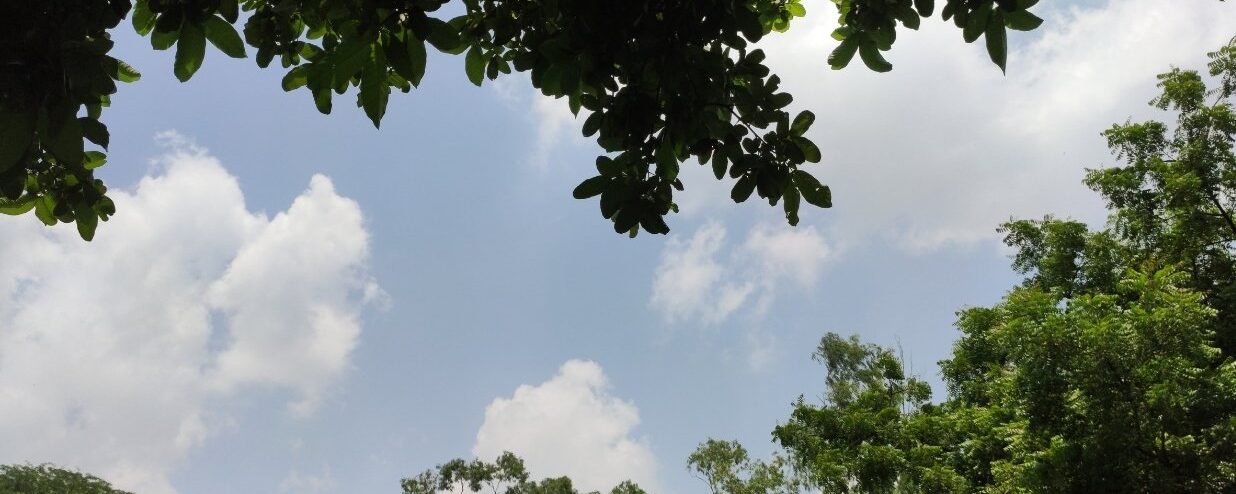Here to celebrate all things gloriously green is Greenery Day (Midoro ni Hi, みどりの日), a Japanese national holiday celebrated annually on 4th May, dedicated to the joys of nature.
Is Greenery Day Just for Green Things?
Although it was Showa Emperor’s love of plants which sowed the first seeds of Greenery Day, the public holiday has become synonymous with appreciating all of Mother Nature’s wonders, which present themselves in limitless colours. In spite of this, Japan’s historical portrayal of the colour green bears more resemblance to blue…
The Fine Line Between Green and Blue
If we took the translation of みどりの日 (Midori no Hi) verbatim, we would probably come up with “Day of Green” or even “Green Day”. Interestingly though, green (midori) only gained “colour status” in its own right during the Heian period (794 AD). Before that, green was considered to fall within the colour range for blue.
An example of this would be the Japanese word for fresh greenery – aoba (青葉), which comprises of two kanji, 青 (ao)- blue and 葉 – leaves (ha – rendaku’d). Although midori is now the standard terminology, there are still traces of blue on the green lines.

The Origins of Greenery Day
Japan’s first Greenery Day took place less than 30 years ago on 29th April 1989. If you are already familiar with Japanese eras, emperors or events, then you may recognise 29th April as once being Tenno Tanjoubi (天皇誕生日) – the public holiday assigned to the reigning emperor’s birthday.
After Emperor Akihito succeeded Emperor Showa and ascended to the Chrysanthemum Throne, Tenno Tanjoubi was rightfully moved to his birthday. However, 29th April still remained a public holiday – with a new new name and new meaning – Greenery Day. It was only in 2007 that the government chose to formally separate Greenery Day from the Showa Emperor by renaming 29th April as Showa Day, and moving Greenery Day to 4th May, where it remains today.
How is Midori no Hi Celebrated?
Because Midori no Hi forms part of one of Japan’s three major holiday periods (Golden Week) many people take this opportunity to visit relatives. Hence, the level of green-activities on this day varies person-to-person. Nevertheless, specific customs can be enjoyed by those who are willing, to honour the intended “nature” of this day.
Commencing with a Greenery Day speech from Emperor Akihito, people convene across the country to plant trees. There are also colourful parades through larger cities, and people will often decorate the streets with paper lanterns. Other people prefer to keep it simple by visiting and appreciating an outdoor space near home.
How to Celebrate Greenery Day in/around Tokyo
-
- Visit a Japanese garden or zoo. Ueno zoo, Rikugien Garden, Hama Rikyu Garden, Jindai Botanical Gardens and more, offer free admission on Greenery Day.
- Visit Tokyo Tower. Tokyo Tower is illuminated with vibrant colours to celebrate the vibrancy of nature!
- Drink green. The first crop of green tea is harvested during Golden Week and it is said to be the best of the year. Why not visit a Japanese tea house to try some?
- Eat green. Eat a vegan or vegetarian meal (I can personally recommend HappyCow.net to help you find your nearest one). Or cook yourself a healthy plant based meal!
- Be greener. Greenery Day is about appreciating our planet, which also involves conserving it. Why not see if you can start to live a little greener by wasting less, buying less or walking more?
If you are interested in studying Japanese in Tokyo, find out more about our school by filling out the form below.
[contact-form-7 id=”12634″ title=”Inquiry Form_copy”]
